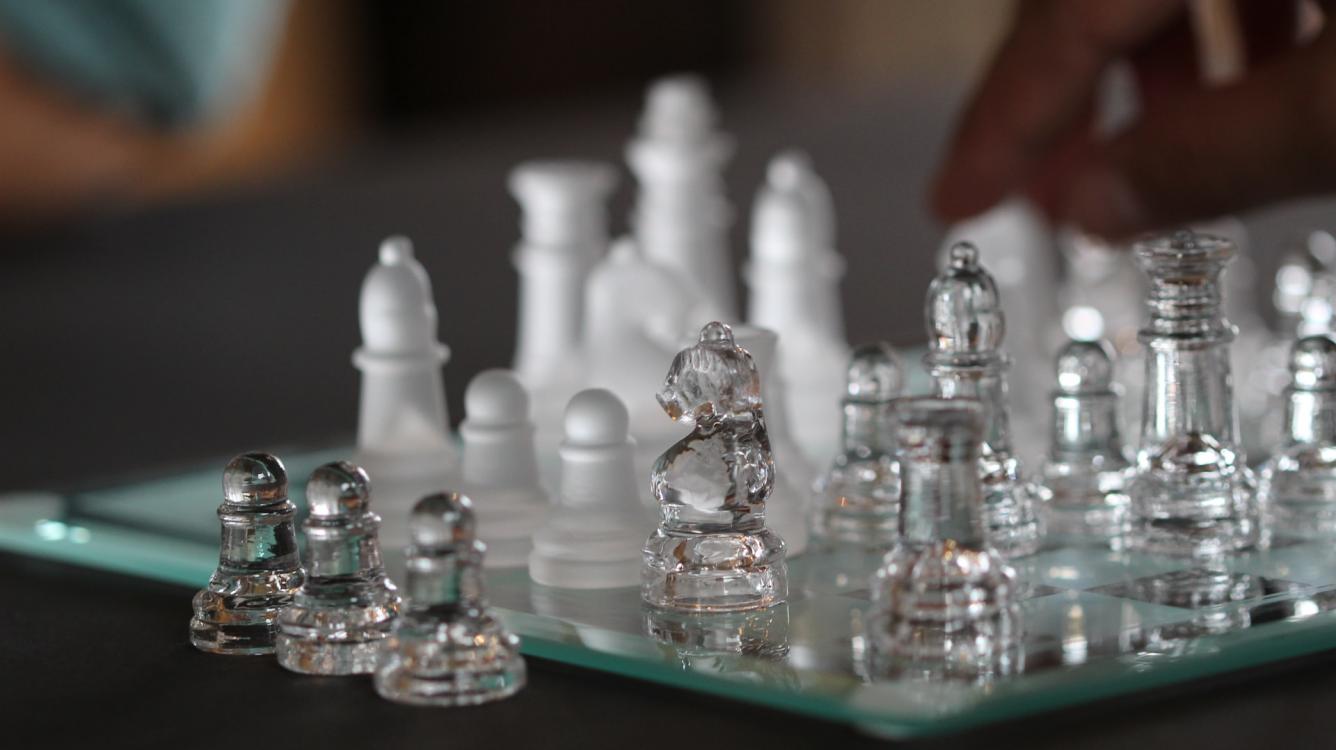
Four Instructive Themes From Group #893's Games (2021 Chess.com Daily Chess Championship - Round 1)
Let me be frank: I'm absolutely average, and as my profile says, I'm often trying to sneak in a game or three while my young kids are sleeping.
So instead of simply analyzing my own games, I wanted to focus on the most interesting and potentially instructive moves from my entire group in the 2021 chess.com Daily Chess Championship, irregardless of result. It's my hope that perhaps you and I can both benefit from this!
So ... shall we begin? (If you're curious to the group's results and ratings - click here!)
#1: Survey The Board (LeifCG vs. OleksandrLiubych)
This was an upset that had major consequences on the group's final result, but looking through the analysis I froze on move 14 because I would've done the exact same mistake that was played.
With Black to move:
What's your initial instinct to play?
You probably want king safety, and you know White’s got the initiative in the center. Castling seems like the logical choice, right?
In this case, it’s a mistake!
Aside from the inactive rooks on the a-file for either side, what’s the worst minor piece on the board?
It’s clearly Black’s knight on e7, and in fact there’s a clear chance to use pressure on it to gain an advantage:
At worst, it equalizes, and at best White re-captures incorrectly in the center to give Black the slight advantage!
By castling, White could've gone Ba3, pressuring the weak pawn on c5 and also removing Black's bishop's threat on it.
#2 - Defense is the best offense? (classicschool vs. bhearsum)
White to move this time. So far, a fairly typical French Defense game (Exchange variation) and one folks in my rating range often see (but it doesn't follow GM Simon Williams' advice to spice it up in his chess.com course - worth the watch if you haven't yet).
This is a mistake I often fall into: What to do about the tension in the center?
In this instance, if you said cxd5, you're right!
But, why take now?
It's really a bit preventative. A typical move (and what White played) is Be2, stopping Re8+ and setting up castling short.
But Black can simply take with dxc4, leaving White two options: Recapture immediately with the bishop (now wasting the previous Be2 move and forcing it back to e2 after Re8+, which gives Black essentially two free moves), or leave it and have to plan on recapturing later.
Either way, it's annoying for White.
Here's a bonus game from our group (which I lost) that follows the same principle:
#3 - When to defend ... or what (PRAKASHRAJ94 vs. classicschool)
White to move, where's the biggest threat?
If you're like me, your initial reaction is "The threat of messing up the pawn structure in front of the king, so I as White am basically forced to keep my bishop defending."
That is a problem. But it's not quite so straightforward!
If you honed in on potentially losing the knight on c5 due to b6, take a look and see if you can find White's strong reply:
Congratulations if you found Qf5, which leads to a trade of knights but activates White's queen in the process and keeping things quite balanced!
#4 - Faster > Connected (OleksandrLiubych vs. CRuleSportsGuy)
I'll readily admit this may not be the most interesting, it is possibly one of the most instructive.
Who's winning in this position with White to move?
If you said "nobody, it's even" - you're right! The material is even, and even though White has three connected pawns, Black has the only clear path to promotion. Neither side can press too much for fear of giving the other an opening.
But as we often hear on chess.com's Twitch streams, the computer doesn't tell the full story. So instead of the original question, let's ask it a different way:
Who has more risk? Take another look:
Clearly, it's White who has all the risk!
If the queens come off the board, suddenly Black has a pass pawn that sees nothing but daylight and with White's king about as far away as it could be.
Unfortunately for my opponent...:
So, there you have it!
Hopefully you found this exercise as instructive as I did! Learning to evaluate the position accurately is one of the key skills players in my skill level need to really work on, so may we both improve and meet on the board soon enough ![]()